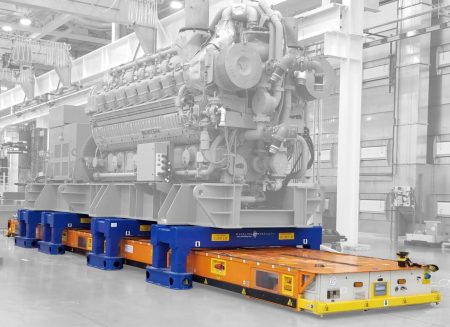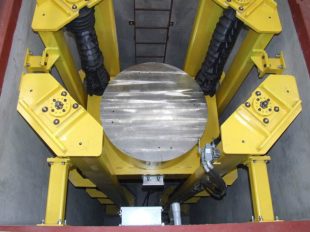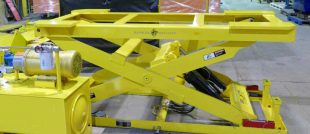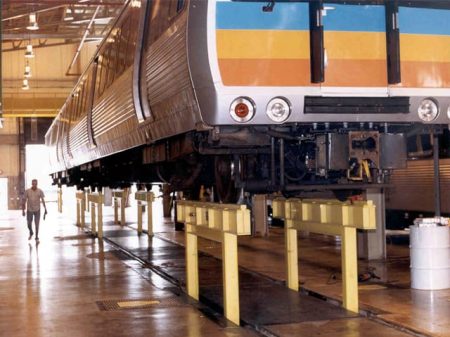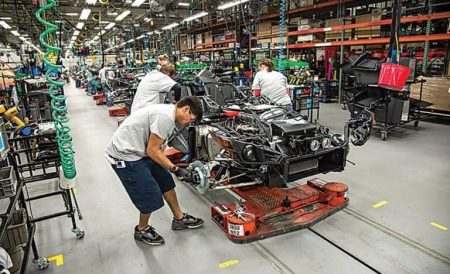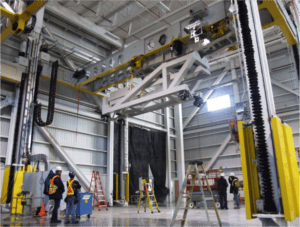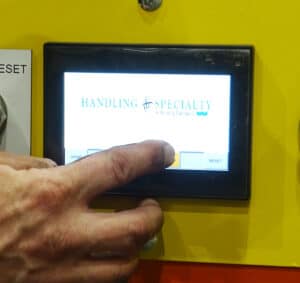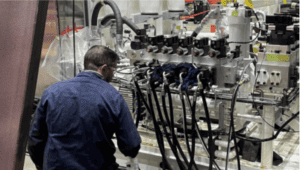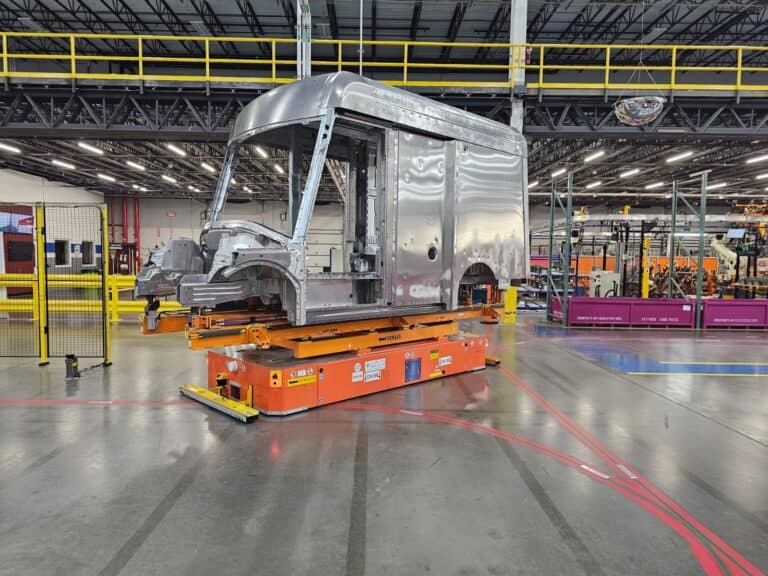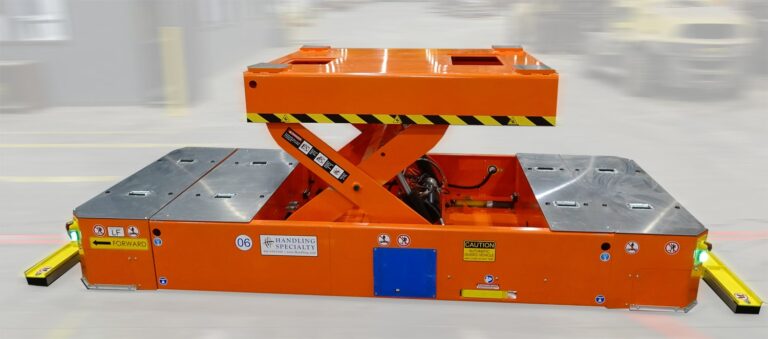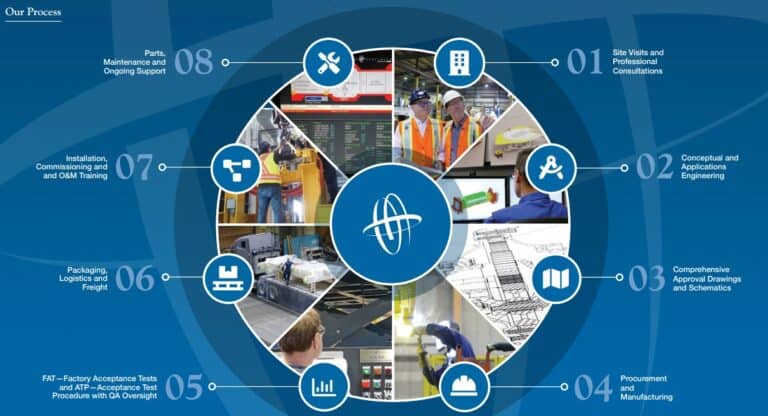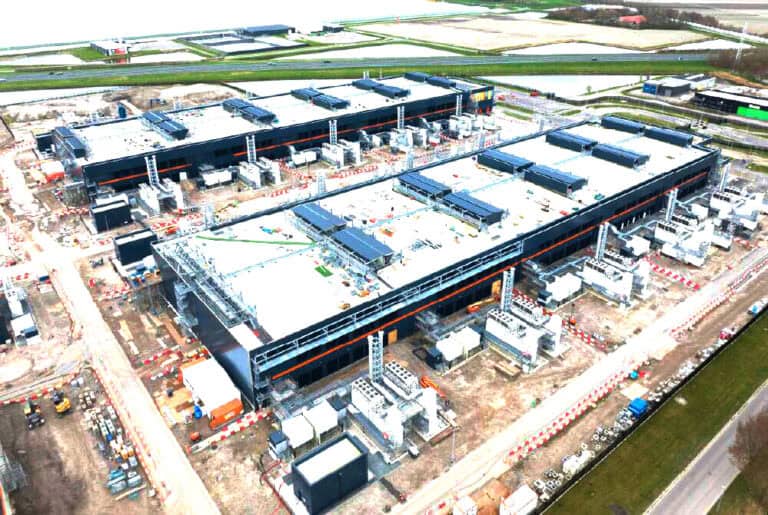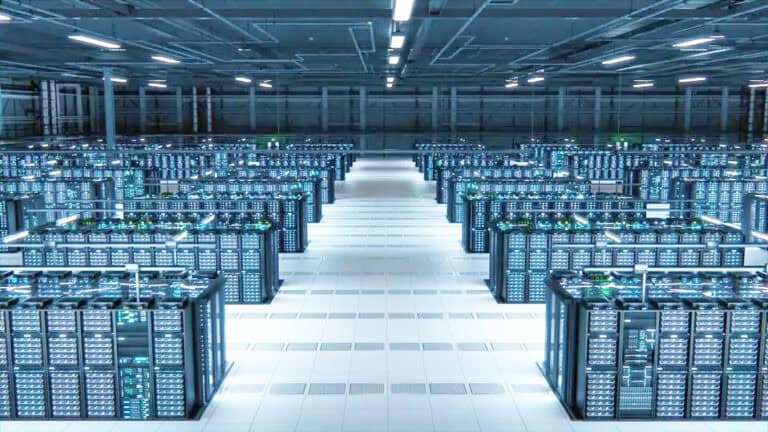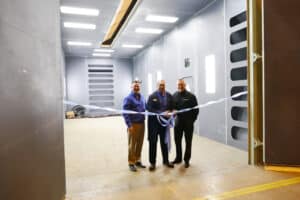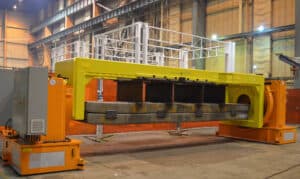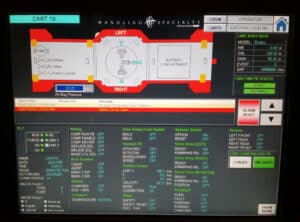How to Extend the Life of Your Material Handling Machines
Summary: Productivity is one of the most important factors a company needs to assess in order to maximize profits, especially in the case of manufacturers. Therefore, taking proper care of your machinery and equipment is the first step in boosting production and eliminating downtime. As such, it’s important to take steps in order to extend the life span of your custom machines. This includes conducting routine start to finish maintenance repair and operations performance checks and making sure workers are fully trained to handle the equipment properly. Let’s look into some ways to extend the life of your machines and material handling devices.
Conduct comprehensive operator training
The fundamental way to ensure safe and extended functioning of machinery is a sound operator training program. Employees change, skills become rusty, and poor operation can lead to breakdowns plus, employee turnover is inevitable in every company. When the new workers start, it’s important that they receive proper training on all equipment. The training should include every operation, from basic usage to understanding maintenance procedures. This will also help ensure that employees will be able to identify a problem when it arises. Without proper training by the OEM, any employee could miss basic protocols, use machinery improperly and, in turn, cause potential damage, which will lead to a shorter lifespan of the equipment.
Have a maintenance schedule in place
Routine check-ups on equipment are often delayed and forgotten, a mistake many organizations might make that can decrease the life span of machinery. Regular maintenance check-ups are crucial to keep the machines from breaking down due to overworking. Fluids, gears, tracks, tires, and electrical systems are the components that should be checked frequently for preventative maintenance. The necessary checks that should be conducted regularly include checking for wear in seals, torque checks on bolts, lubricating gears, and changing filters.
Additionally, purchase spare and replacement parts form your OEM.
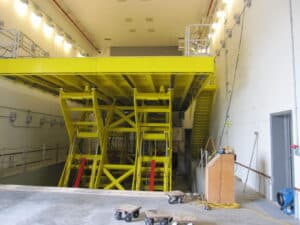
Keep the machines lubricated
Lubrication is a basic way to keep your machinery up and running. Lubricants reduce friction around any moving part of the machine. Having regular lubrication maintenance extends the life of large machinery equipment and important parts. Moreover, make sure that you use the right lubricant for the machines. There are specific kinds of oil and grease for various components. It is advisable to check the manufacturer’s recommendations for the particular machines.
Check equipment regularly for wear & tear
After continuous use over time, the machines tend to wear down. The operators should regularly monitor the equipment for any signs of wear and tear. This way, issues can be detected and prevented before they cause the machine to break down. With heavy machinery, vibration, shock, high temperatures, friction, environment and age all have a negative impact over time.
Keep the machinery clean
Working parts of the machines should be kept clean and free of contamination. The electronics are susceptible to breakdown if contaminated.
Keeping these points in mind, you can extend the life of your machines and material handling devices.
The Importance of Preventive Maintenance for Your Material Handling Equipment
Your material handling equipment is an integral part of your operations. To produce high-quality products, get them to your customers on time and keep your bottom line healthy, you need these tools to function properly.
Reactive maintenance is one strategy for taking care of your equipment, but it’s not the most cost-effective method and can cause reliability and safety issues. Instead, you should use preventive maintenance to ensure that your operations always run smoothly.
Preventive maintenance involves regularly inspecting equipment, systematically conducting maintenance tasks and correcting issues as soon as you discover them, rather than waiting until they become major failures. This type of planned maintenance process has many benefits for businesses and their customers. Working with a professional provider of preventive maintenance services, such as your Original Equipment Manufacturer, is one of the best ways to avoid equipment failures and keep your machinery functioning optimally.
Safer Workplace Conditions
Preventive maintenance is essential for creating and sustaining a safe workplace. In fact, it’s included in the guidelines from the Occupational Safety and Health Administration, or OSHA, and various laws and regulations.
When you fail to maintain your equipment properly, it might malfunction or even suffer a catastrophic failure. When these events occur, workers using the machinery, as well as those in the surrounding area, could get injured. The tools themselves may cause injuries, and if the equipment to carry and store materials fails, the items it’s supporting may injure workers.
Faulty equipment can also cause damage to the products you provide to customers. If parts fail when the customer is using the product, they could get injured as well.
According to OSHA, preventive maintenance is a type of hazard control that prevents injuries. Regulations from OSHA mandate employers put a preventive-maintenance system in place for equipment to avoid hazardous malfunctioning of the machinery.
OSHA describes several basic aspects of Preventative Maintenance (PM) processes that include written instructions for periodic inspections of safety equipment and documentation of inspections. PM for non-safety equipment should ensure it adheres to relevant performance standards.
Some of the OSHA rules are general, while others apply to specific types of equipment or industries. For example, the administrative rules require workers to keep areas clean and as dry as possible. Mandatory preventive maintenance also applies to specific types of machinery. OSHA requires maintenance work to follow the manufacturer’s recommendations and involves several other rules to abide by.
The organization also provides guidelines to help companies stay in compliance with these rules. It recommends facilities integrate preventive maintenance into various steps of the hazard-prevention process.
More Reliable Equipment
Without preventive maintenance, the reliability of your equipment and, in turn, your overall operations will suffer. PM helps you stay ahead of equipment issues and take control of the operations of your business.
Equipment failures can shut down part of your plant or even your entire facility. Operations will cease until you can fix the equipment issue. Preventive maintenance helps you catch potential problems before they become major failures, whereas corrective maintenance relies on fixing issues after they’ve already caused disruptions.
With a PM system in place, you can perform maintenance tasks and fix potential problems on your terms. You can choose to address the issue at a time when you don’t need to use the equipment in question, such as at night, on the weekend or during another time when activity is slow. You can also shut down small parts of your operations one at a time, so your MRO, assembly or manufacturing never has to come to a complete stop.
If essential equipment fails, your company could experience a substantial drop in productivity. You may not be able to resume operations until you repair the damage, which could take an extensive amount of time. If you can’t fulfill your customers’ orders on time, you could lose revenue, as well as client trust. Not meeting deadlines will make your business seem unreliable.
These problems might also put you behind schedule, impacting your company into the future well beyond the time needed to fix the initial problem.
Reduced Operating Costs
Not performing regular maintenance can cause equipment costs to rise, perhaps even enough to put the future of your company in jeopardy. It might seem PM is more expensive because you’ll have more regular maintenance expenses, but using this strategy will save you money in the long run.
Routine maintenance is a relatively small investment for a large long-term return and protection from mechanical failures that could result in lost revenue. It’s smart business sense to invest in your assets rather than letting them deteriorate over time, especially if those assets are central to how you operate your business.
If you implement a PM plan, you’ll avoid the revenue loss associated with extensive downtime, as well as the harm it can cause your reputation. Equipment failures can also damage other nearby equipment, materials and products, extending the impacts of the event, increasing its costs and potentially putting you even further behind schedule. Recent research has shown unplanned downtime results in approximately $50 billion in costs for industrial manufacturers each year.
Keeping your material handling equipment in good working order affects more than just the tools themselves. It also helps you keep your customers happy, improve your bottom line, avoid setbacks and losses and, ultimately, run a more successful business.
Training for Maintenance Best Practices
Comprehensive training programs for maintenance teams on best practices for custom material handling systems upkeep are available through your OEM. What do these training resources offer?
- Skill Enhancement: Empowers staff with the knowledge to perform effective maintenance.
- Reduced Downtime: Properly trained personnel can prevent and address issues promptly.
- Safety Compliance: Ensures maintenance activities adhere to safety standards.
Material handling equipment forms the backbone of MRO, assembly and manufacturing facilities. This includes such custom equipment as:
These assets are mission-critical and often run around the clock. Unplanned failures can halt entire workflows, damage products, and jeopardize safety.
Traditional maintenance approaches like reactive repairs, paper-based logs, or scattered Excel sheets no longer cut it in 2025. Modern operations require real-time visibility, automation, and predictive insights, all of which maintenance software provides.
Benefits of Using Equipment Maintenance Software in the Material Handling Industry
Implementing predictive maintenance software specifically designed for material handling operations offers several key benefits:
- Reduced downtime through proactive maintenance
- Improved safety and compliance with inspection tracking
- Reduced repair expenses by identifying wear and tear early
- Accurate tracking of equipment service history
- More efficient use of professionals and maintenance resources
- Better replacement planning and asset life cycle management
- Real-Time monitoring
Why It Stands Out:
Top Material Handling Equipment Management Software Services are known for their flexibility and ease of integration. It enables teams to set up predictive maintenance plans that reduce breakdowns and extend equipment system lifespan, making it a top choice for busy assembly facilities, MRO facilities, distribution centers and warehouses.
Preventive Maintenance
Instead of waiting for breakdowns, teams can schedule inspections, lubrication, and part replacements ahead of time avoiding costly surprises through their OEM.
- Results to Expect
- Increased Uptime
- Adapt for the Long Haul
- Safety First
- Peace of Mind
Pro Tip: Whenever possible, maintain a relationship with the original equipment manufacturer (OEM) to gain access to their knowledgeable parts and services department. No one knows the equipment better then the OEM and no one else can service it and supply genuine parts like they can.

